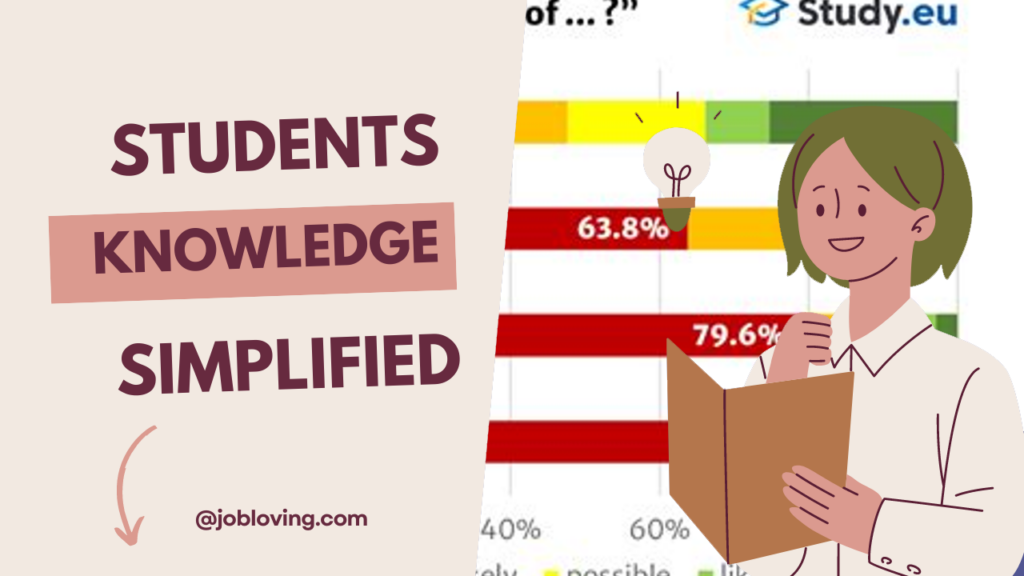Norway has long been a beacon for education seekers worldwide, renowned for its scenic beauty and high-quality education. Yet, as of 2024, the landscape of studying in the country is changing notably—particularly for international students. Previously, next to nothing—tuition-wise—was expected from students outside of Norway; that all shifted in September 2023, when the government announced a new tuition structure for non-EU students.
As it stands, tuition fees for international students can start around 130,000 NOK annually, which is approximately €11,000. However, brace yourself! Depending on your chosen field of study, some courses could demand higher fees, nudging that figure up to 150,000 NOK or even further to 490,000 NOK for specialized programs, such as medical studies, which stand out as the untouchable titan for tuition costs. So why the sudden need for fees, you might ask? It’s truly all about sustaining the quality of education on offer.
Good news for students from the EU, EEA, and Switzerland: they remain exempt from tuition fees, which is a significant perk! But even for those who will need to cough up some NOK, the essence of studying in Norway continues to attract students. You see, while tuition introduces a fresh challenge, living expenses in the country should be factored into the equation. Norway ranks as the fifth most expensive country globally, with living costs for students estimated at around NOK 121,220 annually or approximately NOK 13,790 monthly. Rent alone in cities can range from an affordable 3,500 NOK to a staggering 11,000 NOK.
Moreover, students need to consider costs for groceries, which can set you back between 3,000 to 4,000 NOK monthly. And let’s not forget the cinema nights; they’ll cost you around 130-150 NOK per ticket! It’s recommended that students budgeting for their time in this Nordic wonderland take heed, as various other expenses hint at a significant yearly financial commitment.
With its high living costs, international students must navigate both tuition fees and living expenses to ensure they’re fully equipped for their studies. As of now, convincing proof of funds is necessary for a student visa, requiring non-EU applicants to show around 128,887 NOK. Although the pathway may seem steep, many students cherish the quality of education in Norway and the unique experiences that come with it.
With tight competition for university spots, prospective students need to grasp the application processes and criteria. Despite the rising costs, the allure of Norway—swathed in natural beauty and superior educational standards—remains utterly enchanting. Who wouldn’t want to learn amidst fjords and northern lights? So, gear up, budgeting strategists, because studying in Norway is still well worth the trip even if your wallet feels a little lighter!
What factors contribute to the variation in tuition fees for international students in Norway?
Tuition fees for international students in Norway vary significantly based on the institution and program of study. Specialized courses, such as medical programs, can reach as high as 490,000 NOK annually, while other programs may range from 48,000 to 521,000 NOK. This variation reflects the real cost of education and the investment required for different fields of study.
How do living expenses in Norway impact the overall cost of studying for international students?
Living expenses in Norway are considerable, with estimated costs around 13,790 NOK monthly or approximately 151,690 NOK yearly. This high cost of living, combined with tuition fees, necessitates careful financial planning for international students, as they must budget for both educational and living expenses while studying in the country.
What challenges do non-EU international students face when studying in Norway?
Non-EU international students face several challenges, including the requirement to pay tuition fees, prove financial capability for living expenses, and navigate language certification requirements. Additionally, competition for university spots is fierce, necessitating strong academic qualifications and specific course prerequisites.
How does the introduction of tuition fees for international students reflect changes in Norway’s higher education policies?
The introduction of tuition fees for international students marks a significant shift in Norway’s higher education policies, which previously allowed free tuition for many international students. This change reflects evolving funding strategies and the need for institutions to cover the costs associated with providing high-quality education to a growing number of international students.

